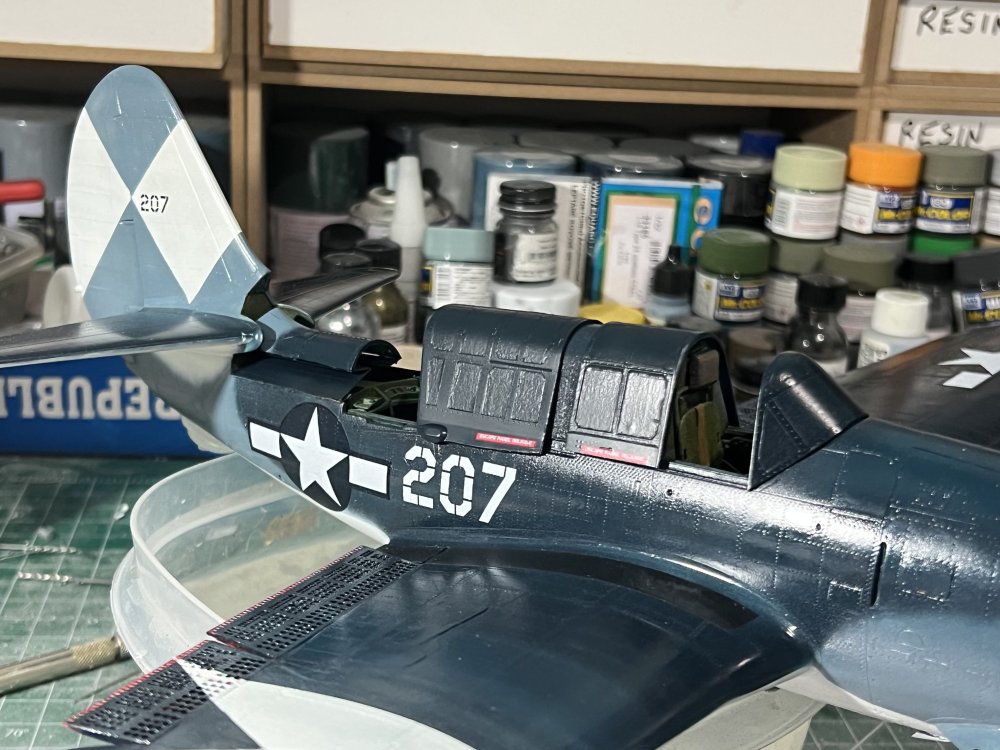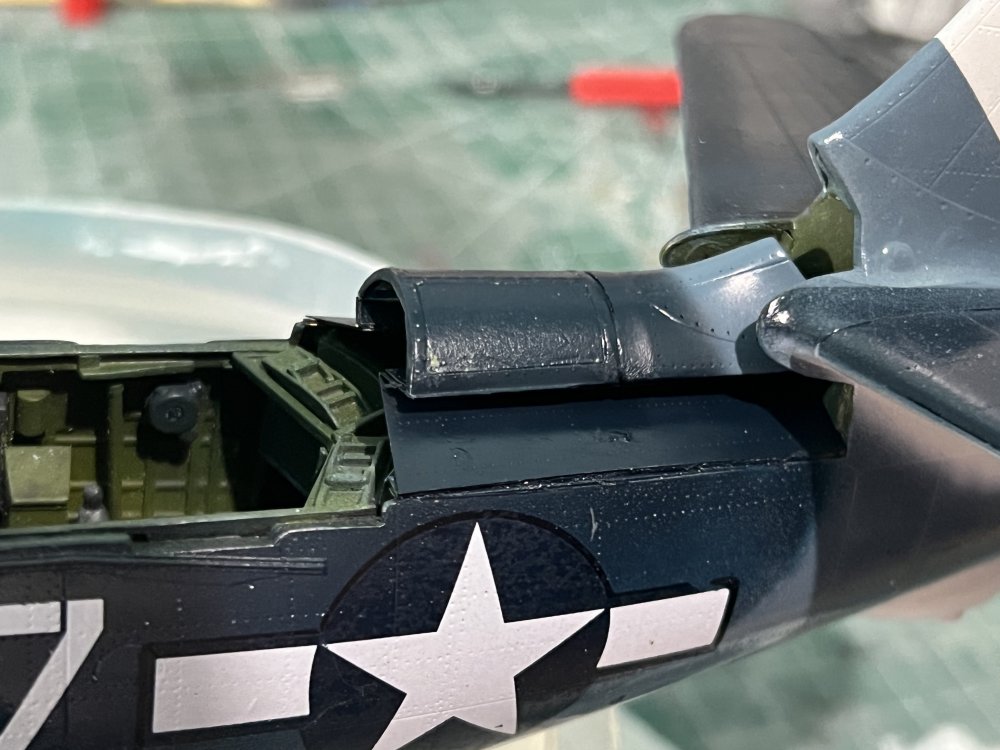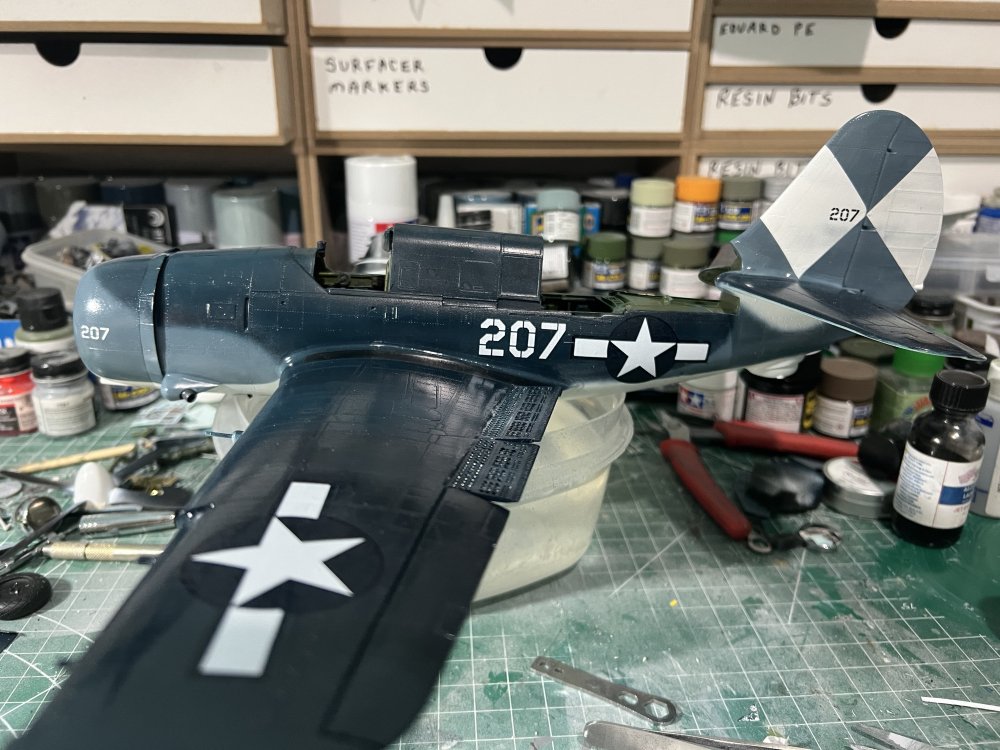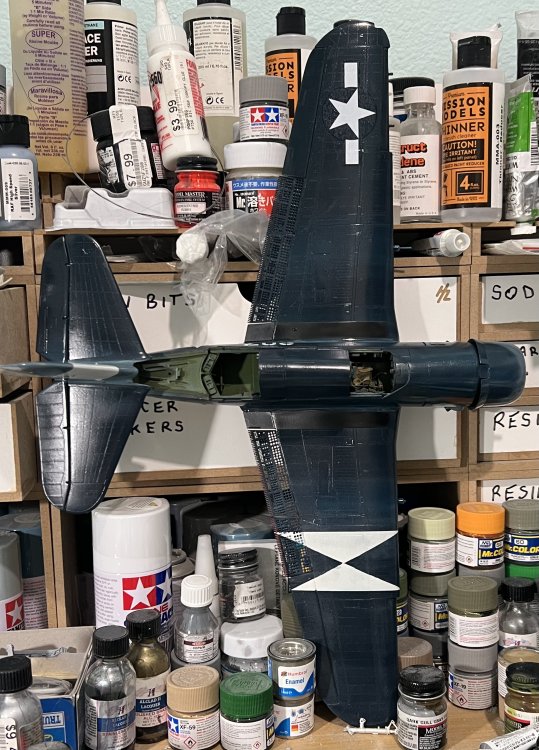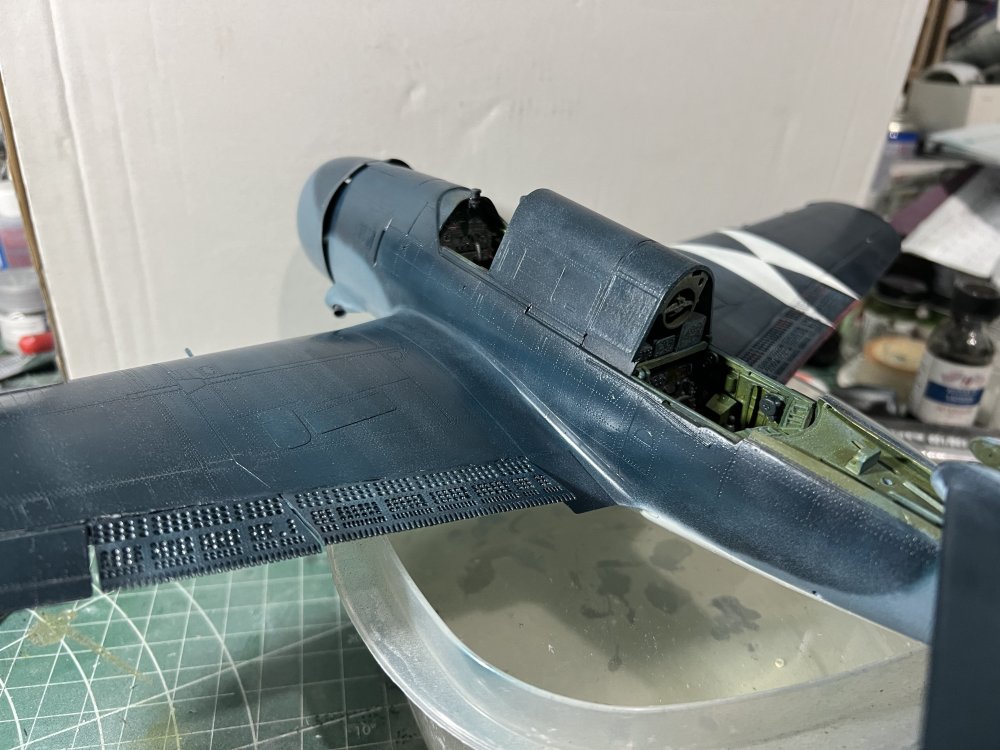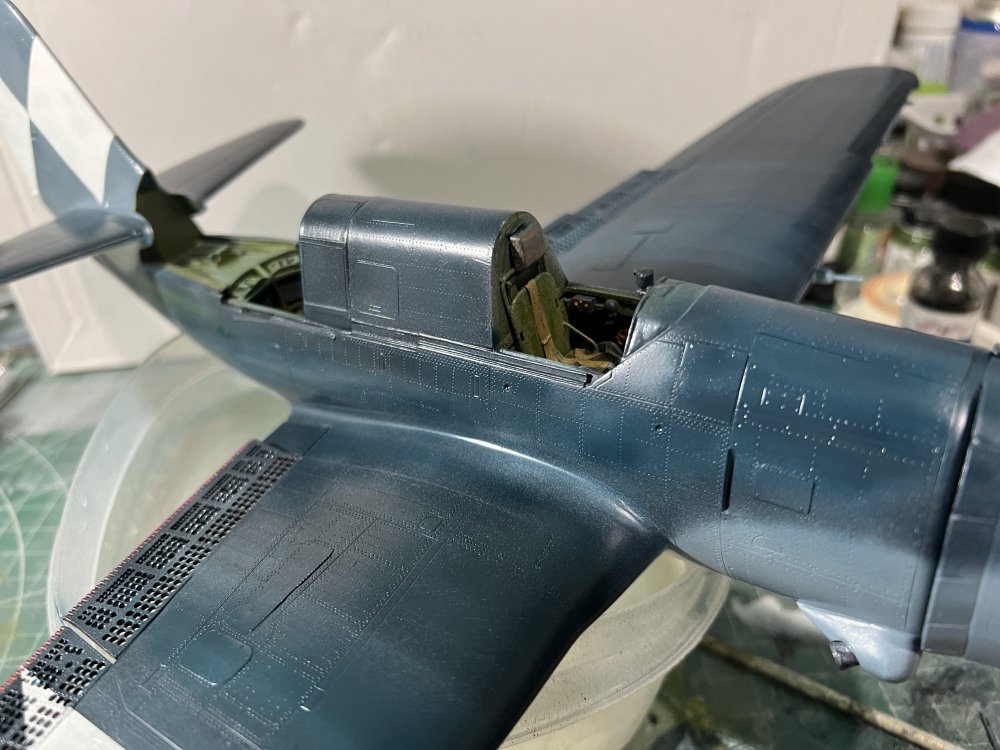-
Posts
7,193 -
Joined
-
Last visited
Content Type
Profiles
Forums
Events
Gallery
Everything posted by Clunkmeister
-
Hey MARU! Oh wow! I never saw that coming. We’re pretty laid back here, and we welcome you with open arms. I’m actually shocked to hear that, I thought it had settled down over there and things were back to normal. You’re loved and cherished everywhere you go and are welcomed here with open arms. No, we’re not as fast paced, but pretty much everyone here is passionate about model building. There is room for two large scale forums, although we also allow armor and 1/48, and don’t even frown at ships and automobiles.
- 172 replies
-
- 13
-

-

-
- 490 replies
-
- 12
-

-

-
There is a whole lot of little details that need to be added to the Helldiver IF you decide to use the optional accessory packs. Much of this area is PE and resin castings that Infinity lifted straight from the HPH kit.
- 490 replies
-
- 10
-

-

-
I know. I was out that way in the mid 70s, and it was building g up even then. Insanity! It’s the same way everywhere. A guy I used to fly with went on to fly 727s and DC-9s for Air Canada, and a few years back, he told me about all the noise abatement crap they had to deal with at most every airport. Rapid power reductions with steep turns right after takeoff, and at the same time, climb as quickly as possible. A 727 isn’t blessed with excessive reserve power at the best of times, but all a full load on a hot day, followed by an immediate power reduction and a steep turn is an accident waiting to happen. Yet in every case, the big airports were there decades before the neighborhoods.
-
I'm still stuck on Mr Color, and the reason I went with MRP here is that I liked their take on the all important "Sea Blue". What's kind of sobering is how the Helldiver (and the earlier Dauntless) are really the only non Grumman offensive carrier aircraft the USN used in WW2. Grumman had the Navy literally locked up tight, but first the Phantom, and later the F-18, absolutely killed a once proud company. It was sad to see Bethpage close it's doors for good.
-
Yes, it’s Shane. He’s a local guy to me, works at Gulfstream. I met him for lunch a few months ago and he’s keeping me up to date. He is doing the RB-51 Red Baron Griffon powered Mustang first. He has asked me to keep some Fisher kits I started so he can make patterns. One of those is my prized Guppy. I’m simply dying to finish it, but he wants to pattern the parts. He’s doing all this with Paul’s Blessing, and he’s informed me that he won’t be reproducing all the Fisher kits, just the good sellers, so you can probably kiss the Twogar, Cougar, Skyray, and Cutlass goodbye. I expect the same with the Sea Fury, as there are good IM kits in the works. He told me his next project after the RB-51 will be the conversion parts for the 1/72 Heller Constellation. Those should be extremely welcome. Expect Fat Face Skyraiders and of course the Guppy, as well.
-
Yep, 1/72 IS my scale of sanity for transports, yes. An An-22 in 48 would be a bit much 🤣 I generally do canopies the old fashioned way: by hand, with Tamiya tape and a #11 blade. 😎 Yes, I’m starting to really like MRP, they go a LONG way. And they spray so nicely! I’m doing a hybrid deal on the flaps. The lower flaps are PE, and the uppers are doctored up kit parts. I goobered up one of the uppers when soldering, so instead of SODing the thing, I w decided to soo what we could do on the kit parts. So they got thinned, trailing edge petals opened up, and about 2 million holes were drilled. They actually look good, but are an absolute PITA to drill out, because many holes don’t lineup top to bottom.
-
- 490 replies
-
- 10
-

-

-
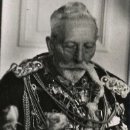
SH32044 Fiat G.50-II Freccia - a re-release
Clunkmeister replied to petr@specialhobby's topic in Special Hobby
That is a GREAT build! -
This is going to be an interesting build…. Looking forward to it, Gary.
-
CMK and Special Hobby have a huge presence at all the US IPMS Nationals every year, as does Eduard. They are all good people to talk with and I believe in their product. The only CMK issue I’ve ever heard of is a fit issue on the photo recon nose for the 1/48 Tamiya P-38. Apparently one or two guys have been caught unawares and we’re forced to do some creative modifications to make stuff fit. The other big Czech Company is HPH, and they’re an odd bunch. HPH is an FAA Certified aircraft manufacturer for all types of Civilian and DOD aircraft, and they also produce their own line of high performance sailplanes. As in those slippery European fiberglass wonderplanes that seem to defy gravity. Their model kit side business is almost a hobby for them, as their big $$$ is made supplying components and sub assemblies to Boeing, Airbus, Bombardier, and Lockheed-Martin, along with Bell and Sikorsky.
-
- 490 replies
-
- 10
-

-
A great response so far! Y’all keep responding like this and we might make a habit of it 🤣






